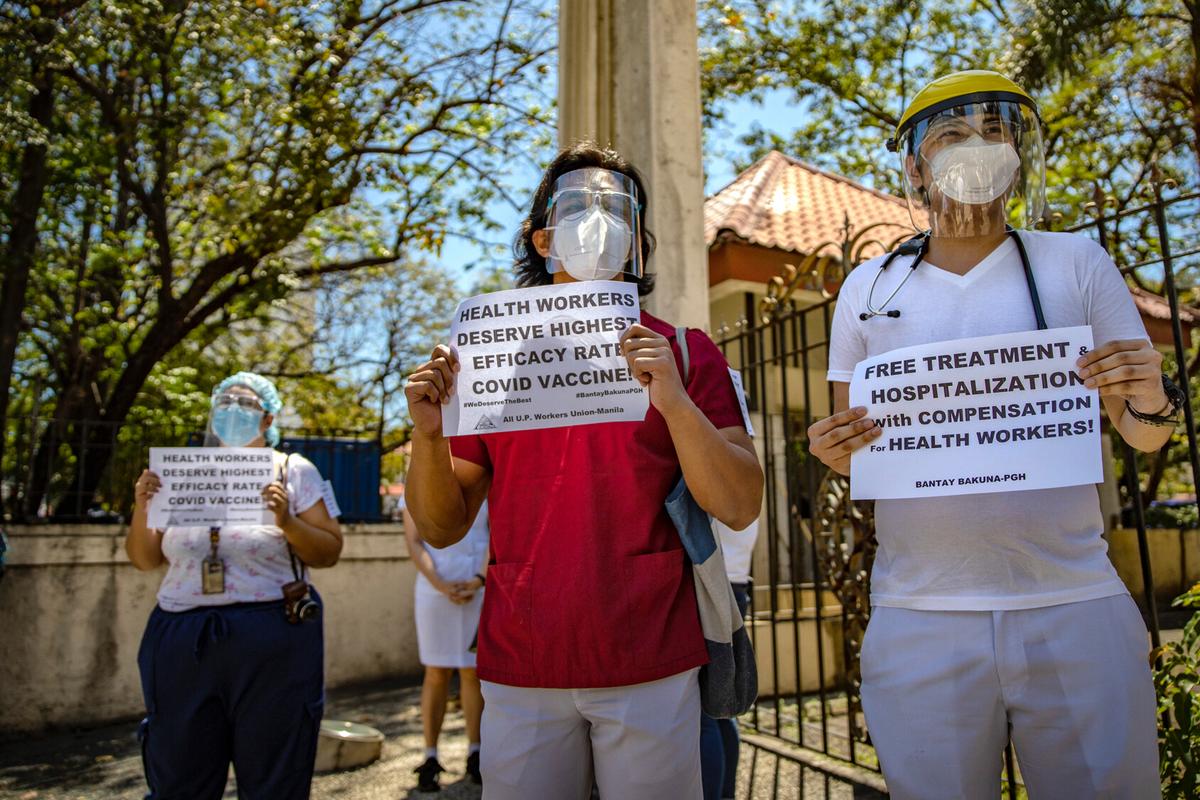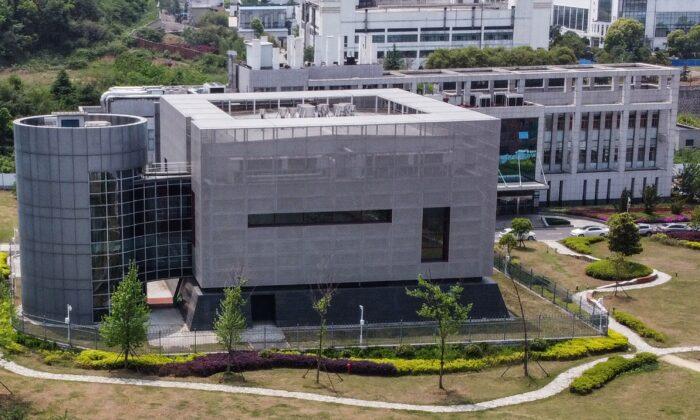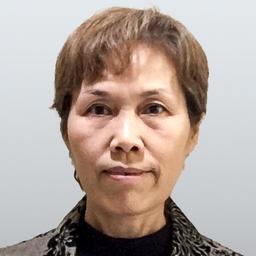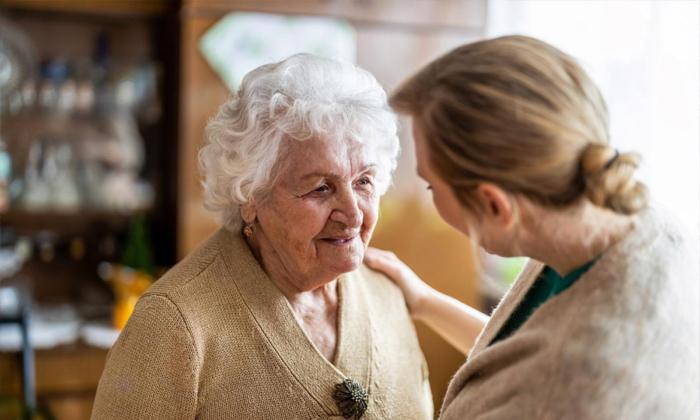Yu Qingming, party secretary and CEO of Sinopharm Group Co., Ltd. (Sinopharm) claimed that executives and senior leaders of China National Pharmaceutical Group (CNPG), the parent company of Sinopharm, had received the vaccines developed by the group as early as March 2020.
Sinopharm is a Chinese state-owned pharmaceutical company.
Yu also claimed that the antibody level remains high after one year.
His statement contradicts previous CCP statements about the source of the virus and the development of vaccines.
According to the CCP’s official statements, the CCP virus was first discovered in December 2019 and the Wuhan epidemic broke out in early January 2020. The Chinese CDC first isolated the virus from clinical samples on Jan. 7, 2020, and the Shanghai Public Health Research Center only published the full genome sequence of the CCP virus four days later, the earliest in the world.
It took Sinopharm only two months to extract and cultivate live viruses and develop efficient and safe inactivated vaccines based on the above timeline and Yu’s statement.
Self-experimentation Before Clinical Trials?
The CNPG executives also allegedly took the vaccines right after animal studies and before clinical trials in March 2020, when the safety and efficacy of the vaccine was still uncertain, Tang Jingyuan, a China affairs commentator said.Various media reports appear to support Tang’s assessment.
Liu Jingzhen, Secretary of the Party Committee and Chairman of Sinopharm, also claimed in a talk show on July 21 last year that he had received the experimental vaccines. According to Liu, the Sinopharm vaccine entered Phase 1 and Phase 2 clinical trials on March 12, 2020. In other words, what Sinopharm management received could have been pre-clinical vaccines that were still in the animal testing phase.
On Aug. 8, 2020, Liu told Guangming Daily that since Feb. 16 that year, Sinopharm had conducted seven animal tests in accordance with international practices, and carried out “small-scale human tests” before entering clinical trials.
New Proof of CCP’s Cover-up of the Pandemic?
The statement from Yu and other CCP officials also reveal another possibility: the CCP has been covering up the date of the CCP virus outbreak.It seems to confirm the time when the virus was suspected to have caused illness, before the first publicized Wuhan outbreak.
Tang pointed out that the CCP officials’ vaccination a year ago coincided with a report on the source of the virus released by the U.S. State Department.
Concerns of Safety and Efficacy of China’s Inactivated Vaccines
What CNPG developed is a type of inactivated vaccine which is widely regarded to be able to be developed faster and easier than regular vaccines used in Western countries.Concerns about the safety and efficacy of China’s vaccines arose after Yu’s statement.

Among the four vaccines approved for conditional commercial use in China, with the exception of the adenovirus vector vaccine for COVIC-19 jointly developed by Chen Wei’s team with CanSino Biologics, the remaining three are all inactivated vaccines, including two vaccines from Sinopharm and one from Sinovac Biotech.
Chen is a major general and epidemiologist in the People’s Liberation Army (PLA) Academy of Military Medical Sciences.
As CCP officials bragged about the speed of vaccine development in China, Tang—who has a medical professional background—worried about the high risk and loss of immunity that could result in taking inactivated vaccines.
“Due to its complex composition, there is a risk of virulence recovery in vivo,” he said.
In addition, the CCP virus may trigger an antibody-dependent enhancement (ADE) effect. As a result, not only will the vaccinated persons will not be protected, but the condition could become more serious.
Tang said the highly specific inactivated vaccines may lose their effectiveness on viruses that are constantly mutating.






Friends Read Free